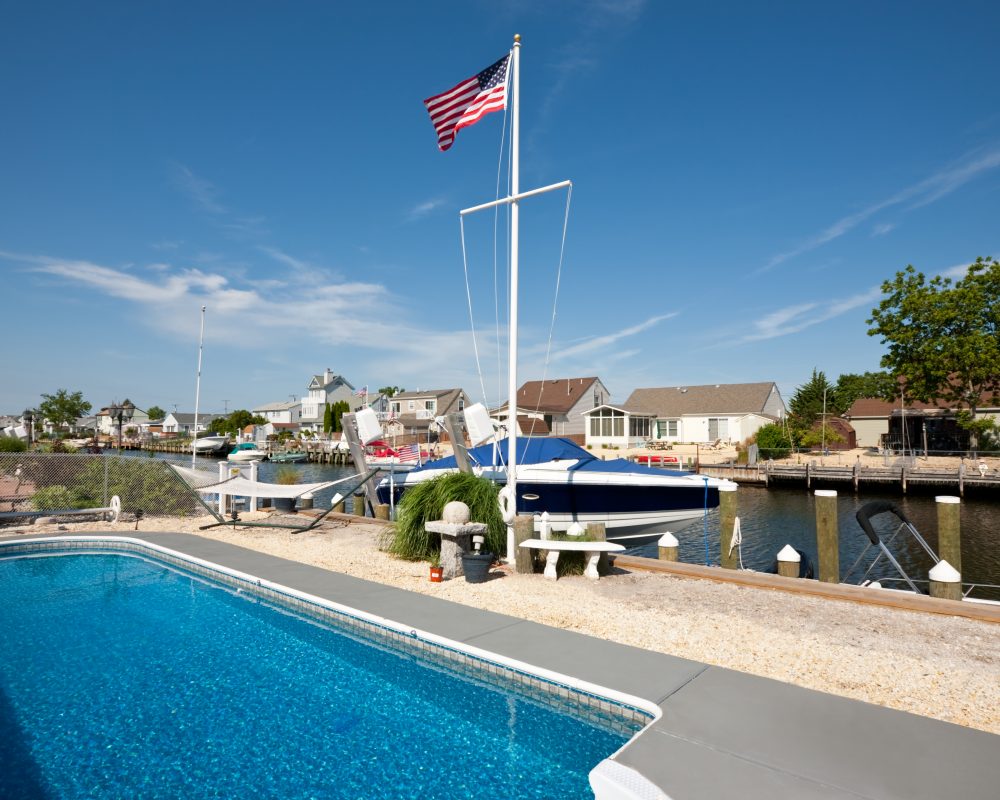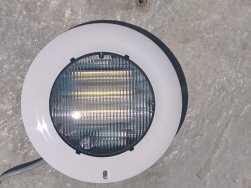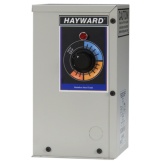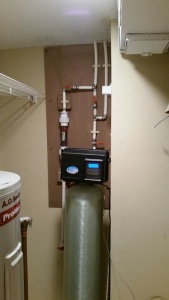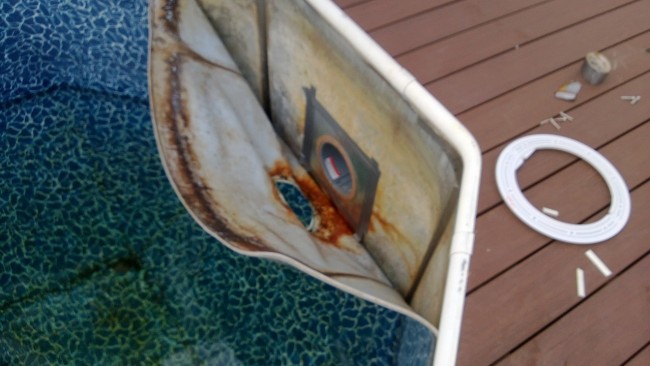Through our many years of treating and learning about pool water chemistry, our clients over time started asking us questions about the water that comes into their homes and businesses. Since those questions needed answers, we started researching and providing solutions. This lead us to slowly over time find that in addition to the pool business, we were also in the business of water treatment.
“Is the water I drink safe?” is of course the number one question we are asked by our clients. Pretty hard question to answer. A generic response of “if your water is within EPA guidelines it is safe” doesn’t quite cut it. Here’s why. The Environmental Protection Agency guidelines on drinking water, the National Primary Drinking Water Regulations, allow certain contaminants in drinking water such as chlorine and fluoride. While certain people will find that acceptable since the EPA says it is, others will not. Water that is deemed safe by one person might not be considered safe by another. Our dilemma then becomes how do we provide every client with a solution that will provide them with drinking water they consider safe. We do this through a three step process.
Identify want clients want exactly– Speaking with our clients allows us to know what they expect from a water treatment system. Tolerances to contaminants in water vary greatly and identifying a level of acceptance is crucial.
Test the water- Once we know exactly what a clients needs are, we test their water to find out what we need to take out.
Provide the best solution– Once we know what a client wants and what needs to be removed from their water, we tailor a system to their needs.
Home and business water treatment can be confusing and overwhelming. Helping clients through the process gives them the system they need, and more importantly, long-term peace of mind.
PS- (A “contaminant” is short for something not found in water in its purest form. It does not always mean it poses a health risk. Here is the exact EPA definition. Also, for a complete list of allowable contaminants click here.)
Thank you,
Robert Flynn
New Jersey Pool Repair
